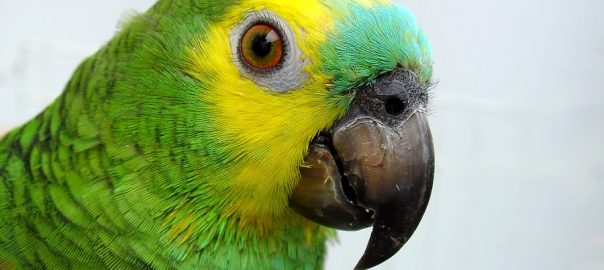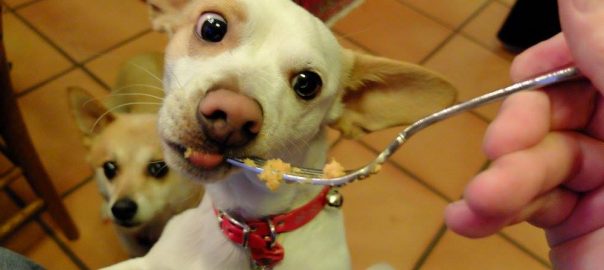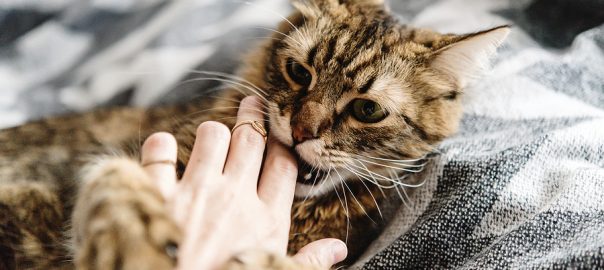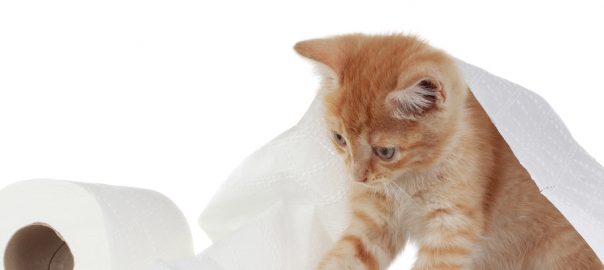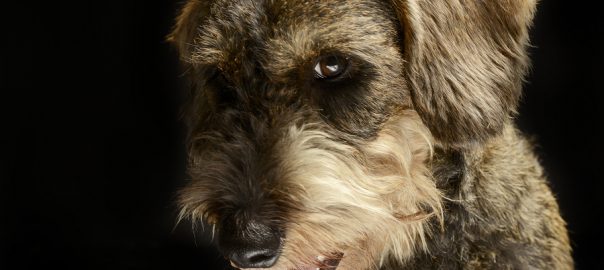What should a parrot’s poop look like? And what do you do if it flunks the test? Here’s what I told a reader.
Q: My bird’s poop looks more liquid than normal. Do birds get diarrhea? What should I do?
A: Good question! If your parrot eats seeds, his normal fecal droppings probably are dark-colored with a dry, firm texture. If he eats a lot of greens, they may be softer and more of a green color.
A bird with diarrhea has watery droppings. You may notice that the feathers near his vent are stained, that he seems lethargic or has lost his appetite, or that he looks unusually fluffed up.
Birds can get diarrhea from a number of causes, including stress, a poor diet, intestinal parasites or an infection. A change in diet can cause diarrhea as well. So can fruits or vegetables that haven’t been washed well to remove pesticides. Diarrhea can also be a sign of kidney, liver or pancreatic diseases.
Birds with diarrhea that doesn’t clear up within 24 hours need to be seen by the veterinarian so the problem can be diagnosed. Take your bird in right away if you see blood in the droppings or your bird is straining or seems to have abdominal pain. Otherwise, keep him warm and give him fluids to help him stay hydrated until he can be examined. You’ll need to take a fecal sample to your veterinarian for analysis. Bring the paper lining his cage so the veterinarian can check several samples.
If you have multiple birds, separate the one with diarrhea from the others. Disinfect the cage and everything in it with boiling water or a bird-safe cleanser. Wash hands thoroughly after handling the cage or the bird so you don’t spread disease.
Read more, including tongue-twisting cat trivia, in this week’s Pet Connection!
